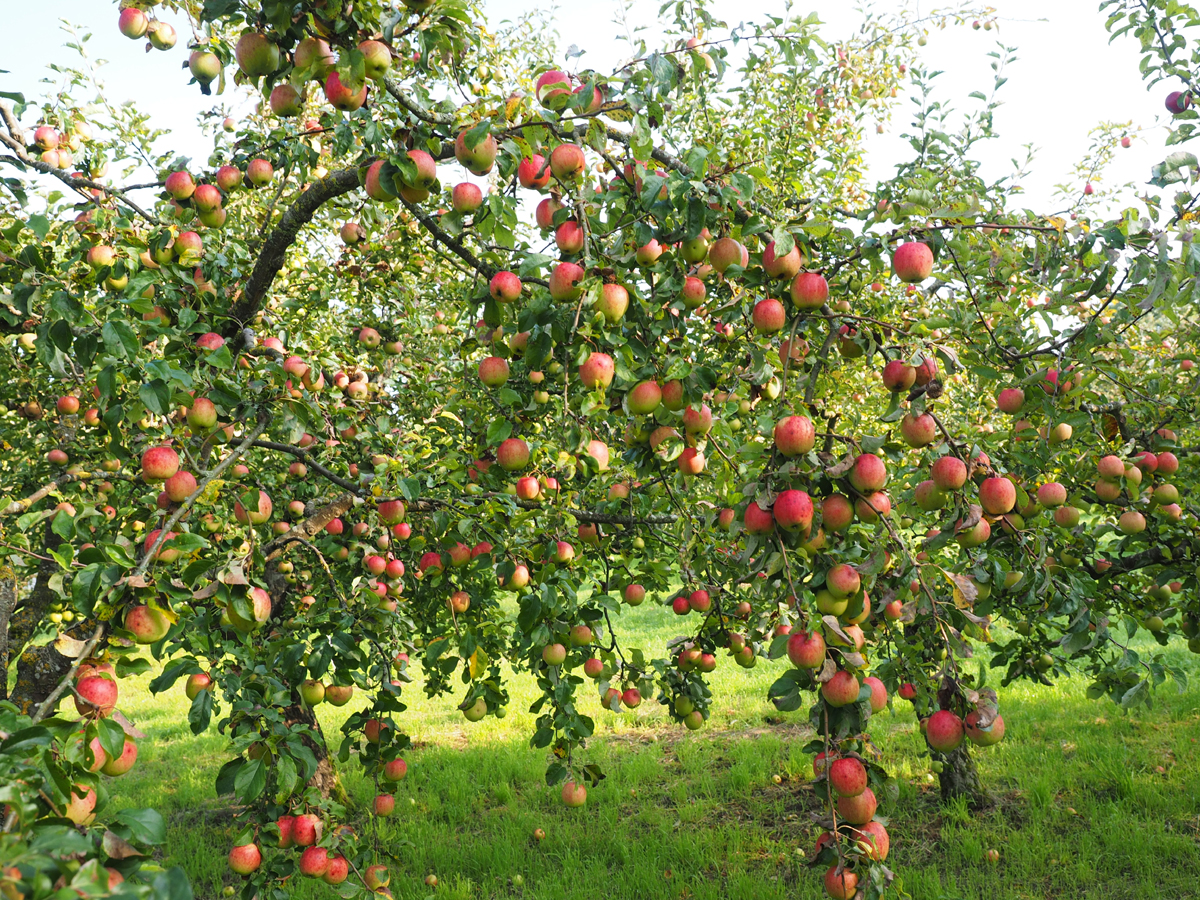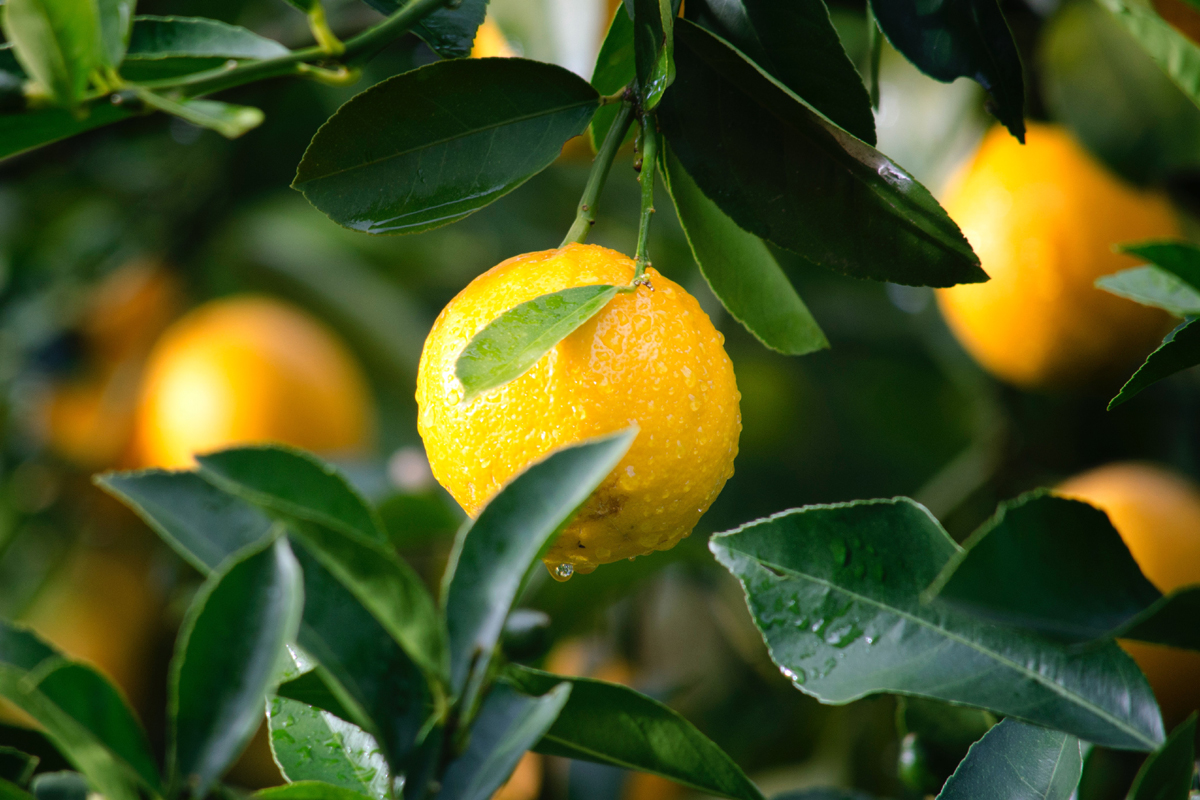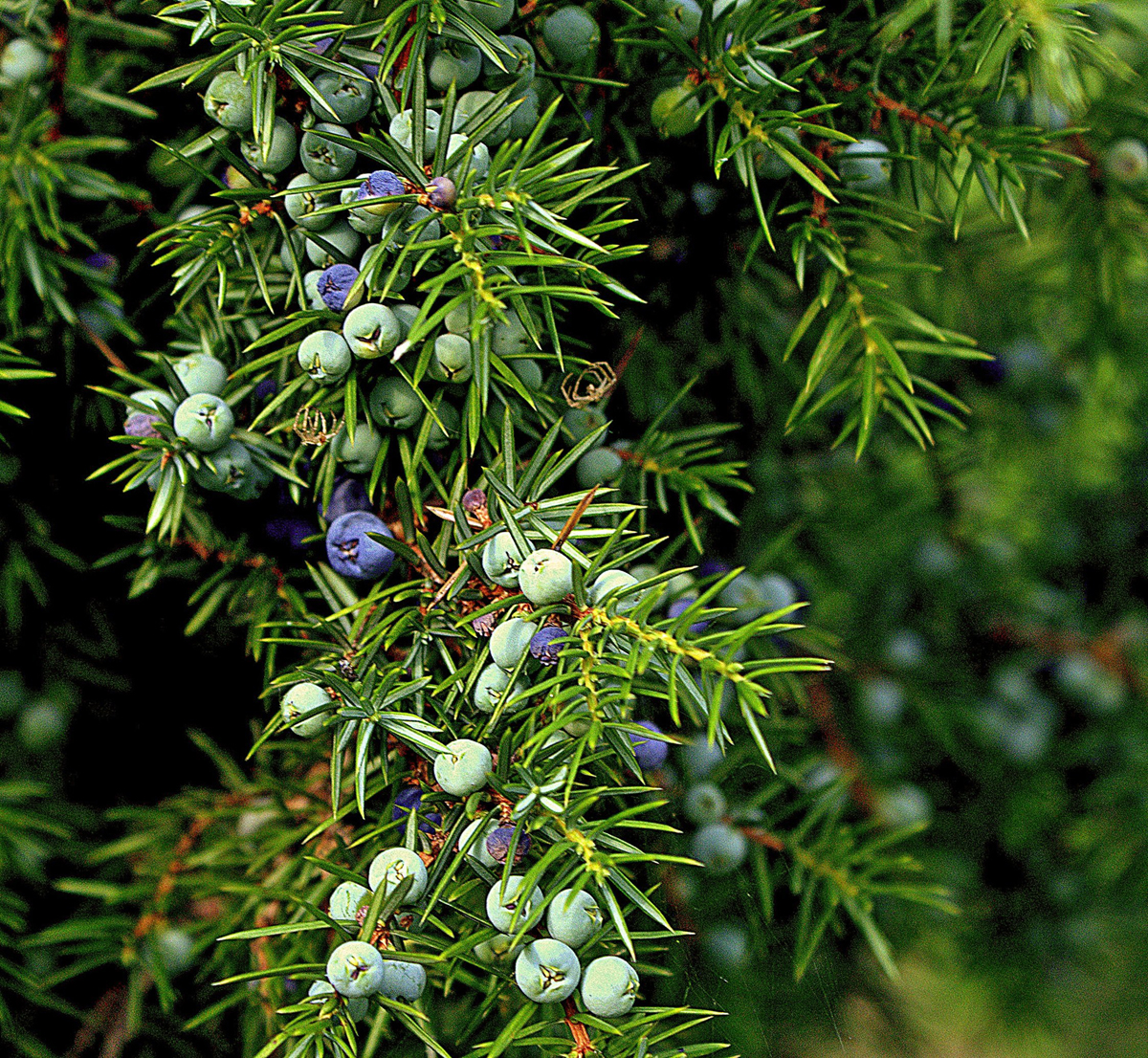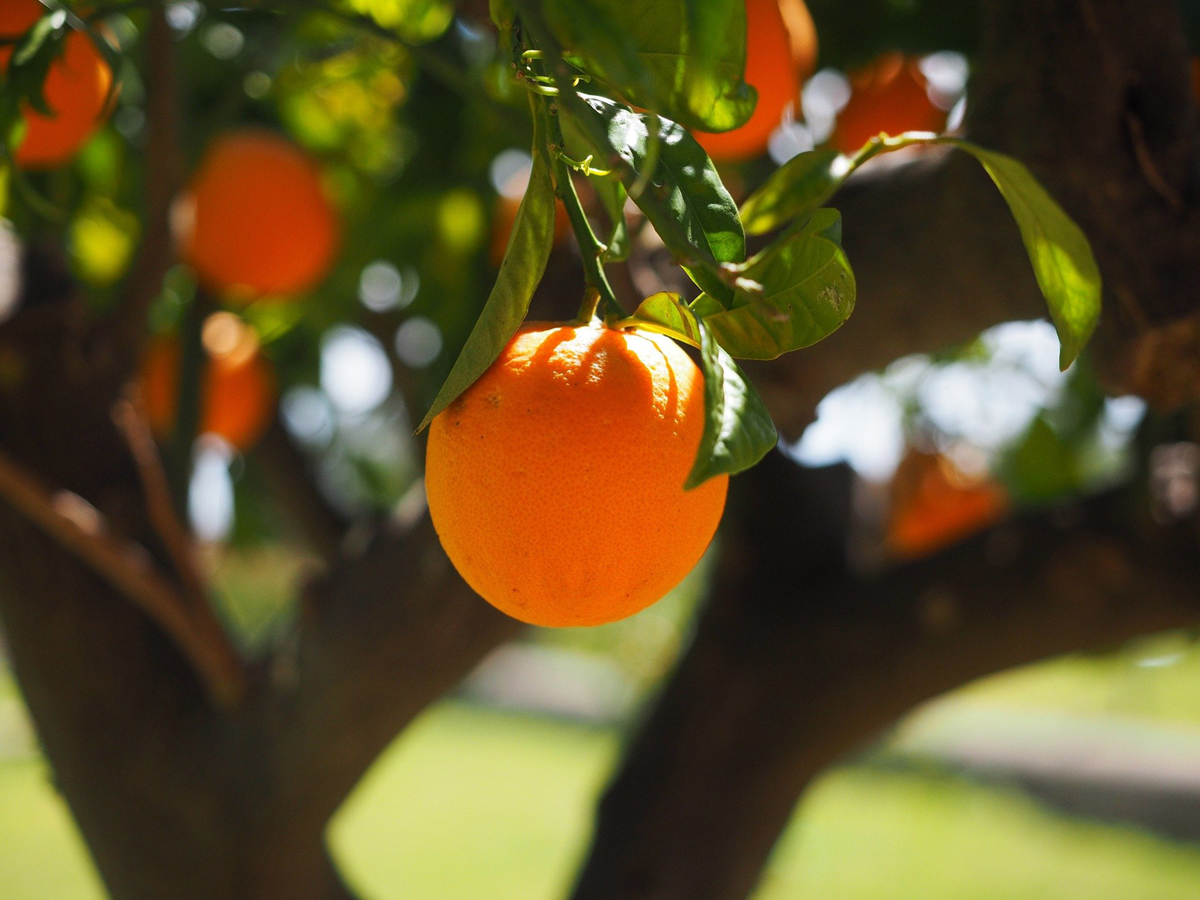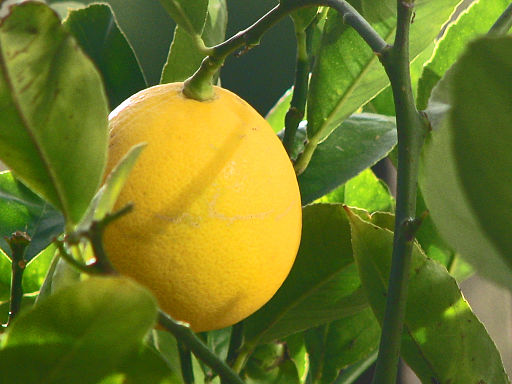Citron, Orange and Other Citrus Houseplants
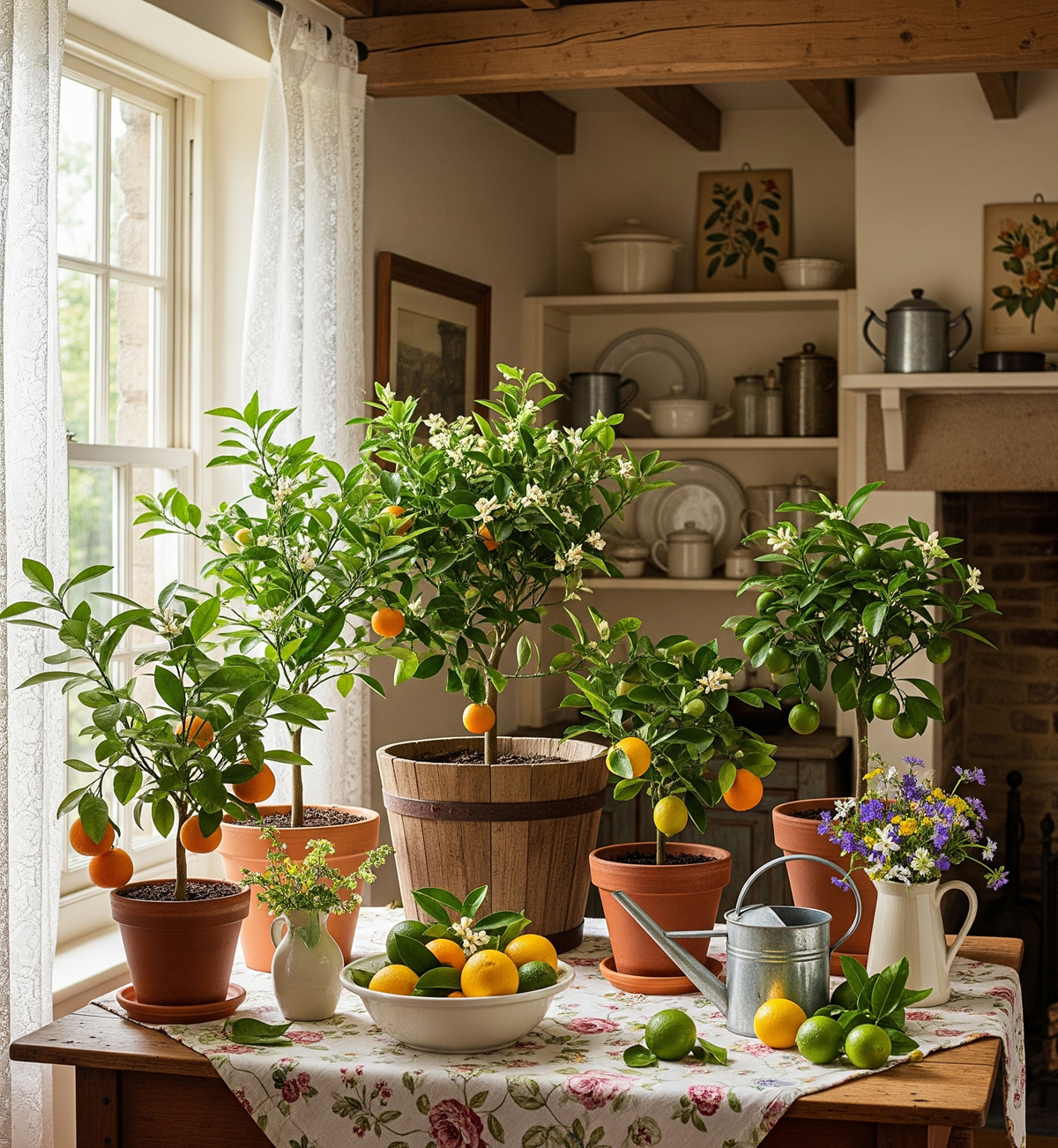
Fruits look so good that are irresistible. Further their leaves shine in the sun and the flowers radiate a sweet and seducing scent. The citric are one of the most ornamental and fascinating houseplants. The citrons, oranges and other citric grow well even on sunny terrace, beautifying and flavoring it. If well placed and correctly attended, the citric become splendid houseplants.
Orange (Citrus sinensis) needs a lot of space. Different orange species are easily to care.
Variedated Calamondin Orange (Calamondin variegata) is a citric species whose leaves are creamy spotted and young fruits have a decorative streaky face.
Orange – Calamondin (Citrus mitis), widely known as calamondin or miniature orange: small evergreen trees with beautiful shape, many orange fruits and easy to care. Speaking about soil, the calamondin needs a well-drained and fertile ground, dislikes alkaline soil. What a pity, its fruits are too sour to eat.
Grapefruit tree (Citrus paradisi) grows quickly. Grapefruit houseplant loves the sunny terraces and the hothouses too. The giant fruits need a lot of warmth.
Tangelo (Citrus reticulate x Citrus paradisi) is a hybrid citric from grapefruit and tangerine and it’s not exigent at all. In summer, place it in warmth and in winter in light and coolness.
Buddha’ hand, Buddha’s hand citron or fingered citron (Citrus medica Digitata) grows on a shrub or small tree and is a fragrant citrus fruit. It loves warmth and wants to leave in a temperate glass house. Its fruits smell very good.
Citron (Citrus lemon) is a modest houseplant: it grows even in cool summer, making tasteful fruits. Don’t forget to prune it.
Chinotto (Citrus myrtifolia). You can recognize it for its small and sharp leaves and many sour fruits. Of Citrus myrtifolia fruits can produce a juice, a non-alcoholic drink called Chinotto. Its appearance is similar to that of Coca-Cola, but Chinotto’s taste has more of a dry flavor. One of its unique attributes is that it tastes bitter and sweet at the same time.
Citrus reticulate, Mandarin orange or Mandarin (Mandarine) is a small beautiful shaped citrus tree with fruits similar to the orange. The mandarin is easy to care, but tender in the same time, with delicious fruits, fruits without seeds.
Limequat (Citrus aurantifolia x Fortunella marginata) is a hybrid citrus tree, the result of a cross between the lime (limette) and the kumquat. It’s a rarity, an easily grown indoors with sour and flavored fruits.
As a beginner, choose citric houseplants that are easier to grow as Calamondin, Kumquat or Chinotto. All of these three evergreen plants decorate themselves with a lot of fruits, have a bushy solid shape and you can enjoy them all year if put in full light. Dissimilar of sour fruits of Calamondin and Chinotto that are just decorative fruits, Kumquat’s fruits are eaten with sweet hull despite.
>>Mandarin Oranges: A Tiny Burst of Sunshine
Summer Care
The summer care of citric houseplants means just watering and fertilizing. It the leaves are going pale, but the veins remain green, it means that there isn’t enough iron. Atomize on the leaves liquid iron content fertilizer. Feed citron by watering the soil with soft water and weekly adding citric fertilizer.
Fall Care
From September, prepare citric houseplants for resting period: less watering, no more fertilizer. Citric rests on less than 12 degrees, with less water. The golden rule: the warmer, the lighter should be the place. Place the citric pot on an isolating base, then the roots don’t get cold and the plant keeps up its vigor.
Growing Citron, Orange and Other Citrus
The better site for citric houseplant: sunny, warm and draught protected.
Watering: use purified water or rain water as at African Violet or Azalea. Don’t water again than when the soil is dry. The worst thing for citrus plant health is continuous humidity.
Fertilizer: add special citrus fertilizer weekly from April until the beginning of September.
Pot removing: the young plants are potted once in two years, and older citrus once in three or for years. The citric needs a well-drained and fertile ground, with one third of rubble at least.
Citrus pruning: give a shape to your citrus houseplant by pruning every year, in late winter, before budding.
The Author:
Photo. Claudio Olivares Medina
Source: EA


